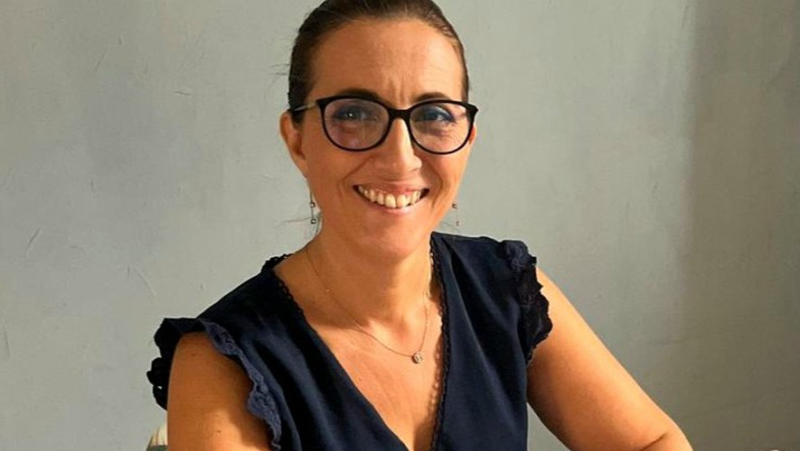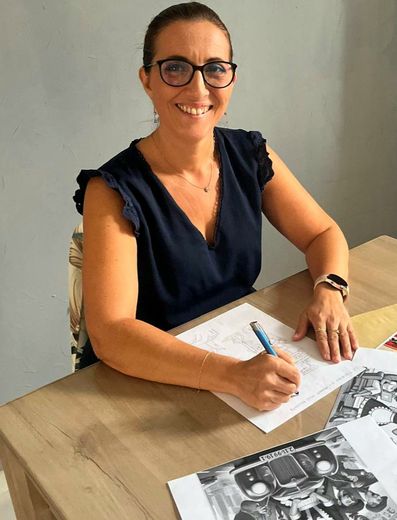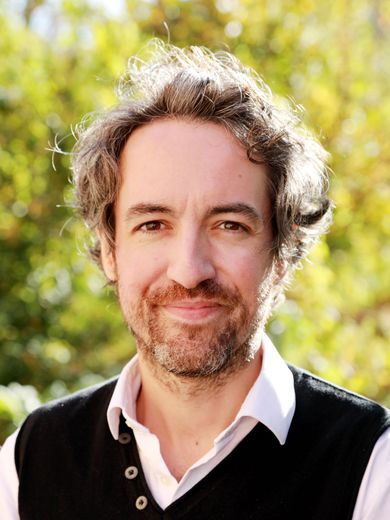“Despite all my symptoms, I was told to go see a psychiatrist”, the endless diagnostic wandering of Nadia suffering from a rare disease


Nadia Salah : “J’ai décidé de faire de mon mal une force et de créer une BD pour les plus jeunes”. Midi Libre – K. H.
The Rare Disease Alliance is organizing a regional meeting on Friday, October 4 in Nîmes. A day intended for patients, caregivers and associations to learn and share their experiences. Like Nadia Salah, who suffers from a Chiari malformation, who talks about her diagnostic wandering.
“It was a nasty cough that saved my life!” At 48, Nadia Salah, who lives in Aigues-Mortes, has already brushed with death several times, endures intolerable daily pain, and yet retains an incredible energy for life and an exemplary derision to recount the dramatic medical wandering that could have made her crazy.
“I am a fighter, she smiled. I never wanted to let the disease take over.” His journey is also that of many people with rare diseases that are difficult to diagnose.
Paul Gimenès, director of the Alliance des maladies rares: “We discover 7 to 8 rare diseases per week”
What is a rare disease??
It is a disease that affects on average less than one person in 2,000, of genetic origin 80%, autoimmune to 20%. Three quarters occur in childhood and 95% have no curative treatment. It is estimated that there are 6,000 to 8,000 rare diseases. With advances in genetics, the more we look, the more we find…
How many people are affected ?
In France, there are 3 million rare diseases, or one person in twenty. For half of the patients, the prognosis is engaged.
What do all these very different patients have in common ?
The diagnostic wandering is dramatic. 25% of patients take five years to obtain a diagnosis, some even much longer. With physical and psychological harm.
Is care improving??
Created in 2000, our Alliance unites 240 associations to advance research and structure care. We fight for access to foreign treatments, the development of gene therapies, and against drug stock shortages. Three Rare Disease Plans in 2005, 2011 and 2017 have enabled the creation of 387 reference centres.
“The pain never stops”
From childhood, she had strange, diffuse symptoms, “I couldn't concentrate, I had a lot of vagal syncope, falls… People just said I was absent-minded", she remembers. After giving birth in 2008, the symptoms increased in crescendo: paralysis of the arm, headaches, blurred vision, pain everywhere, “the feeling of being a voodoo doll pierced by electric shocks”. During the day, she grits her teeth, courageous. But at night, the pain takes over, “it never stopped…” The doctor is powerless in the face of this disparate clinical picture, prescribes an X-ray, notes a little osteoarthritis, suggests fibromyalgia, nothing that justifies Nadia's condition.
Physiotherapist, osteopath, hypnosis, magnetizer, “I tried everything and obviously nothing worked.” Finally, they send her to a psychiatrist who prescribes anxiolytics. “They told me it was stress, that I was doing too much…”

Paul Gimenès, President of the Alliance for Rare Diseases: “There are 6,000 to 8,000 rare diseases.” Midi Libre – K. H.
Tears of joy at last
Until this November 2015, when his headaches became so intense that the doctor gave in to Nadia's insistence and prescribed an MRI. “He still told me, it's because of your cough and your neck pain…"But the diagnosis falls, implacable: an aneurysm that must be operated on urgently. And the operation finally reveals what she is suffering from: a Chiari malformation, a rare disease that affects the cerebellum with compression of the spinal cord.
Friday, October 4, a day to learn and share
The Alliance for Rare Diseases is organizing a regional day of information and sharing for patients, families and health professionals Friday, October 4, from 2 p.m. to 7 p.m., at the Best Western l'Orangerie hotel (755 rue Tour de l’Evêque, in Nîmes). "A rare disease is a bomb in a family", explains Paul Gimenès, the director of the association. “We are very isolated, social life is impacted, the announcement of the diagnosis is a shock. The medical chain is not informed enough. With one person in 20 potentially affected, a general practitioner is led to see a patient per day. "… This day allows us to talk about access to diagnostics and treatments, to meet with patient associations, to share experiences.
Free upon registration at https://alliance-maladies-rares.org/actus/forums-regionaux-2023-a-vos-agendas/
A number to be listened to and guided: Rare diseases Info services 0800 40 40 43 (free).
After so much wandering, his way of the cross is not yet finished. "The neurosurgeon does not explain anything to me about this illness, does not offer me anything and refers me to a psychiatrist",she says without anger. Finally, in 2017, thanks to Apaiser, an association of patients, she landed at the reference center for this rare disease in Kremlin-Bicêtre. She who has endured so much valiantly, finally cries… of joy. “We have put words to my pain, I am not crazy, my pain has a cause…”
Invisible illness
And, in 2019, she had an operation, “with risks that I weighed". Five hours on the operating table, her skull split in two, a month in hospital, pain that made me want to die, ten kilos lost and, after months of convalescence, finally getting better. “I am not cured, she smiles. My symptoms are fewer but the headache is persistent”. So, she tinkers with CBD and sleeping pills to hold on, “I never stopped working, I want my son to see me standing”.
And testify to help other sick people. “What is hard is that fatigue and pain are invisible. The disease is invisible. We are not always listened to, sometimes not even taken seriously and doctors do not always have the knowledge. “You have to listen to your body and trust yourself,” she urges.
Since she has a good drawing skills, she is creating a comic strip that will be called “But hello doctor,” “to be distributed in colleges and media libraries,” the story of a child with strange symptoms, mocked until a slightly crazy teacher discovers his rare disease. “We should not be ashamed to talk about it, on the contrary, it can open eyes and save lives”.
I subscribe to read the rest




